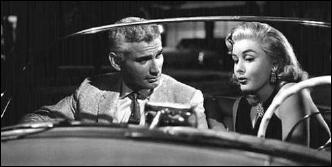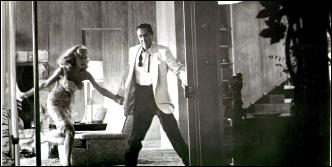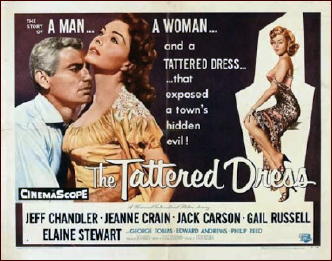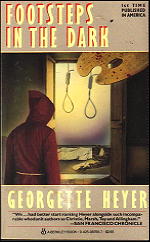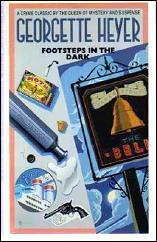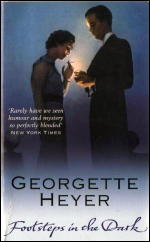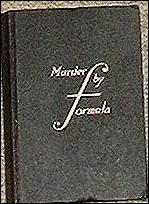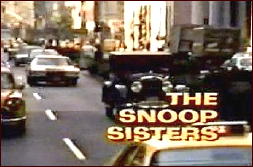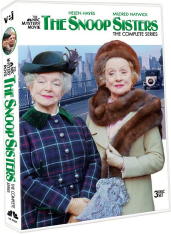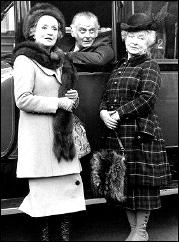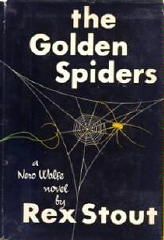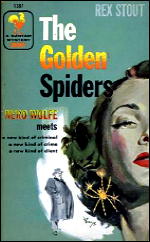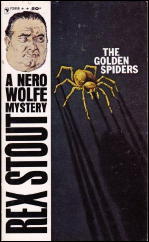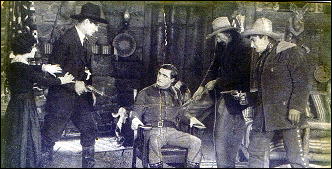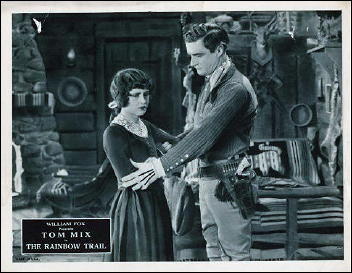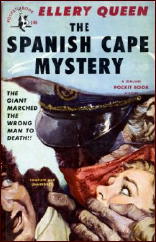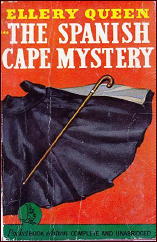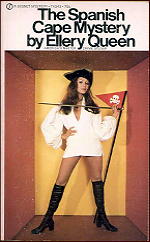MAKE A LIST:
Franchise Players in the Mystery Genre
by Michael Shonk
What is a franchise character? Let’s adapt the word as used in the film business and apply it to books. So our franchise character is any character that has been featured in three or more books. Good golly, look at them all.
A franchise character should be special, unique among the rest, so lets narrow it down a bit. The character must appear in three or more original novels. No comic books, short stories, screenplay adaptations, folklore or ballads. And since this is Mystery*File, we will limit our choices to the mystery genre.
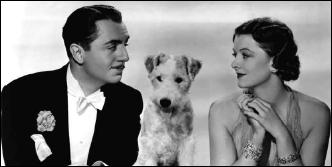
Considering there are countless mystery books series released every month, it is shocking how many of fiction’s most beloved and remembered characters don’t have a book series to his or her name.
Dashiell Hammett’s NICK and NORA CHARLES, the most famous and best of the detective couple appeared in only one novel The Thin Man. There is good news for the two. November 2012, Mysterious Press plans to release Return of the Thin Man, featuring two novellas Hammett wrote to be used as the basis for the movies “After the Thin Man†and “Another Thin Man.†But it is still not enough to make a book series.
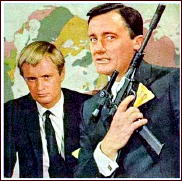
Others who failed to make the list due to a lack of a series of original novels include CONTINENTAL OP, BOSTON BLACKIE, BATMAN, SUPERMAN, CISCO KID, DICK TRACY, and ROBIN HOOD.
Still too many characters for a list, so let’s add films. It is only fair since we stole their word, franchise. Of course in the past, a movie franchise was called, oddly enough, a series. So how can we define a movie series, oops, franchise (and limit our number of characters on the list)? Let’s require three or more original theatrical films shown in America featuring the same studio or independent producer, and/or actor. They must be original films for the movie theatre, doing what Thrush never could do and eliminate MAN FROM U.N.C.L.E. with its films made up of TV episodes.
While there have been several films featuring PHILIP MARLOWE and ZORRO, none were a part of a series of three films featuring the same studio and/or actor. Also off the list are: LEW ARCHER, NERO WOLFE, JOHN J. MALONE, MIKE HAMMER, FLASHGUN CASEY, TRAVIS MCGEE, RAFFLES, FLETCH, and MR AND MRS NORTH.
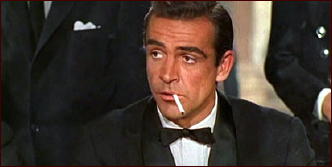
Still too many characters, so let’s add a weekly TV series, a miniseries of three or more episodes, or three or more TV Movies, but no network pilots or foreign productions that have not aired on American TV. You are welcome to add in the comments any, such as the reported PHILO VANCE Italian series, which would restore the character to the list.
A surprising number of popular mystery characters have never had a TV series such as SAM SPADE, THE SHADOW, NICK CARTER, MR. MOTO, BULLDOG DRUMMOND, JAMES BOND, JACK RYAN, JASON BOURNE (only a two part TV movie), and HARRY PALMER (who has only two TV Movies so far).
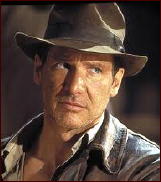
One character will qualify soon, making him lucky number thirteen on our soon to be revealed list. Thomas Harris created HANNIBAL LECTER, the villain with an odd diet, in a series of four books that began with Red Dragon (1981). A famous movie series of four films has followed beginning with Manhunter (1986). Sometime in the upcoming TV season (most likely in 2013) a TV series featuring the serial killer and cannibal will premiere on NBC.
What should we include in the mystery genre? Should we include the action/adventure series of INDIANA JONES and TARZAN? How about horror and JASON VOORHEES from Friday the 13th? All have a series of original books, series of films, and a weekly TV series. I’m not adding them to our list of mystery characters, but feel free to argue in the comments why I should or suggest others.
So who survived? Who can be called a franchise character in all three major formats?
THE LIST OF THE TRIPLE THREAT FRANCHISE CHARACTERS:
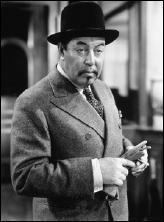
CHARLIE CHAN – Created by Earl Derr Biggers as a minor character in the book House Without a Key (1925) that was serialized in the magazine Saturday Evening Post. Five more books were to follow. CHARLIE has appeared in many films, the first being a ten episode serial from Pathe House, Without a Key (1926), with George Kuwa playing the minor role of CHAN. Fox produced sixteen films between 1931 and 1938 starring Warner Oland. After Oland’s death, Sidney Toler took over the part with eleven for Fox, then eleven more for Monogram Studios. After Toler’s death, Roland Winters took over the Monogram series for six films between 1947 and 1949. J. Carrol Naish played the detective in the syndicated TV series The New Adventures of Charlie Chan (1957 – thirty-nine episode). The character played a minor role in the animated children cartoon featuring Chan’s children solving crimes called The Amazing Chan and the Chan Clan (CBS, 1972). Keye Luke was the voice of CHARLIE CHAN.
http://charliechanfamily.tripod.com
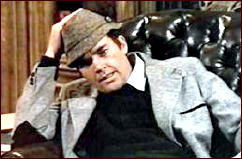
ELLERY QUEEN – Created by “Ellery Queen†(Frederic Dannay and Manfred Lee) in the novel The Roman Hat Mystery (1929), the first in a decades-long book series. Movies have proven unkind to ELLERY, but he was featured in a Columbia film series that lasted seven films, four starring Ralph Bellamy and three with William Gargan. There have been four different TV series featuring the character. The Adventures of Ellery Queen (DuMont, 1950-51; ABC 1951-52) starred Richard Hart then after Hart’s death, Lee Bowman. Adventures of Ellery Queen (Syndication, 1954, thirty-two episodes) starred Hugh Marlowe in the series also called Murder is My Business. The Further Adventures of Ellery Queen (NBC, 1958-59) starred George Nader until the production left New York for Hollywood where Lee Philips took over. Finally (so far), perhaps the best TV adaptation of a traditional mystery detective was Ellery Queen (NBC, 1975-76) starring Jim Hutton.
http://www.elleryqueen.us
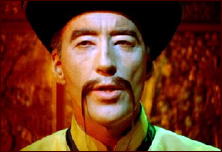
DR. FU MANCHU – Created by Sax Rohmer. The character began in short story “Fu-Manchu,†published October 1912 in the magazine The Story-Teller. A long series of books would follow. Harry Agar Lyons was the first in films to portray the evil Doctor in the silent British movie serial The Mystery of Dr. Fu Manchu (1923). Warner Oland starred in three Paramount films starting with Mysterious Dr Fu Manchu (1929). Better remembered is the film series with Christopher Lee that lasted five films beginning with The Face Of Fu Manchu (1965). Glen Gordon played the role in the syndicated TV series “Adventures of Fu Manchu†(1955 – thirteen episodes).
http://njedge.net/~knapp/FuFrames.htm

HERCULE POIROT – Created by Agatha Christie, the Belgian PI first appeared in The Mysterious Affair at Styles (1916) and lasted thirty-three novels before he met his end in Curtain (1975). Austin Trevor (Alibi, 1931) was the first to play the character in film. Peter Ustinov played the private detective in three theatrical films (Death On the Nile, 1976, Evil Under the Sun, 1982 and Appointment With Death, 1988) and three TV-Movies for Warner Brothers (Thirteen at Dinner, 1985, Dead Man’s Folly, 1986, and Murder in Three Acts, 1986). The most popular portrayal of the character has been by David Suchet who has played POIROT since 1989 for various productions usually seen in the United States on PBS series Mystery.
http://www.poirot.us/poirot.php
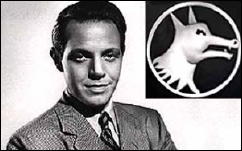
LONE WOLF aka MICHAEL LANYARD – Louis Joseph Vance created the ex-thief turned adventurer that appeared in a series of eight books beginning with The Lone Wolf: A Melodrama (1914). The character first appeared on film in silent movie The Lone Wolf (1917) starring Bert Lytell, who would star in five films, the other four for Columbia. Most of the LONE WOLF films came from Columbia Pictures with Warren William starring in nine and Gerald Mohr in three. The syndicated TV series, The Lone Wolf (also known as Streets of Danger) turned him into a PI. The series starred Louis Hayward and lasted thirty-nine episodes.
http://thrillingdetective.com/lone_wolf.html
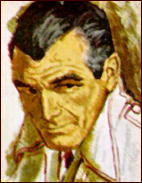
MATT HELM – Created by Donald Hamilton, the government agent appeared in over twenty-five books beginning with Death of a Citizen (1960). MATT HELM changed from tough-guy to campy spy in a movie series of four films starring Dean Martin beginning with The Silencers (1966). In 1975 a TV series starring Tony Franciosa as ex-spy turned PI aired for one season on ABC.
http://thrillingdetective.com/helm_matt.html
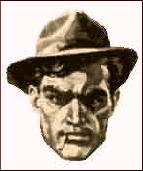
MICHAEL SHAYNE – Created by “Brett Halliday†(David Dresser). The character first appeared in Dividend on Death (1939) and continued in a series of seventy-seven novels. Lloyd Nolan played the red headed PI in a 20th Century Fox film series of seven movies beginning with Michael Shayne, Private Detective (1940). PRC followed with five movies starring Hugh Beaumont. Richard Denning played the PI in a NBC-TV series (1960-61).
http://thrillingdetective.com/shaynemike.html
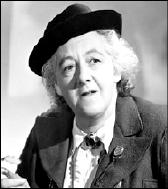
MISS JANE MARPLE – Agatha Christie is the only author with two franchise characters. MISS JANE MARPLE first appeared in Murder at the Vicarage (1930) and would last a total of twelve novels, the final one being Sleeping Murder (1976). Arguably the best of the entire “Little Old Lady†turned detective subgenre. Margaret Rutherford played the character in the popular “Murder†film series for MGM that lasted four films beginning with Murder She Said (1961). The character has PBS to thank for showing the British productions of her TV series starring such actresses as Geraldine McEwan and Julie McKenzie.
http://www.poirot.us/marple.php
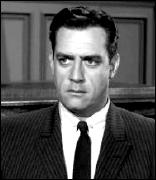
PERRY MASON – Created by Erle Stanley Gardner. The only lawyer on the list, he first appeared in The Case of the Velvet Claws (1933) and continued for eighty-five novels. Warner Brothers film series began with The Case of the Howling Dog (1934) and lasted six films, four starring Warren William. Raymond Burr starred in the CBS TV series that lasted between 1957 through 1966. CBS would bring back the character in New Adventures of Perry Mason (1973-74) with Monte Markham playing the lawyer. In 1985, Raymond Burr would return to star in thirty TV Movies between 1985-1993 (CBS).
https://www.thrillingdetective.com/mason.html
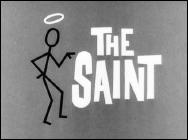
THE SAINT aka SIMON TEMPLAR – Created by Leslie Charteris in Meet–The Tiger! (1928). The former thief turned adventurer Simon Templar has been featured in over ninety books. The character has appeared in many films including an RKO series of eight films with George Sanders starring in five. Two series featuring the character have appeared on America television. The Saint starring Roger Moore began in 1962 on British television and later in syndication to American television stations. In 1966 NBC aired episodes from the series. CBS’s Return Of The Saint starred Ian Ogilvy and ran twenty-four episodes during the 1978-79 season.
http://www.saint.org
http://www.lesliecharteris.com
I have left off one consulting detective and one amateur detective who belong on the list. Can you name who they are? One of the missing is obvious while the other is a surprise. Please use the comments for your answer, as well as other suggestions and comments.
ADDITIONAL SOURCES:
Wikipedia
IMDb.com
http://mikegrost.com
http://www.pbs.org/wgbh/masterpiece/mystery/index.html
